A. Vafaei Sadr
DeepSource: Point Source Detection using Deep Learning
Jul 07, 2018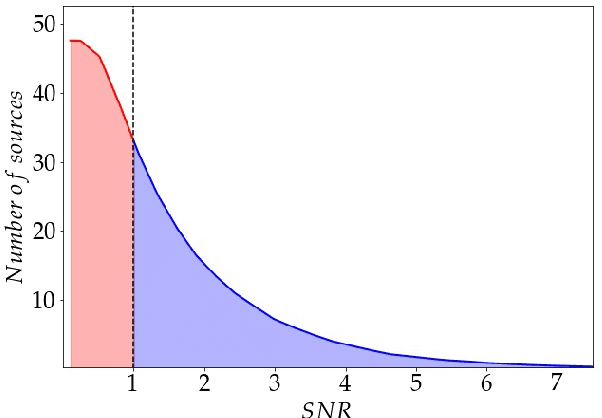
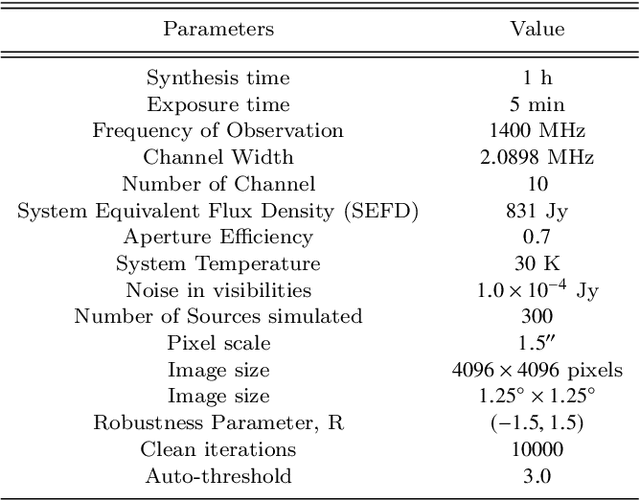
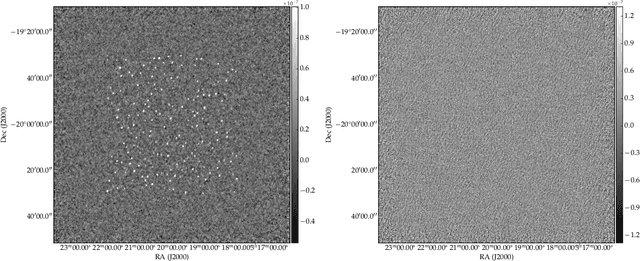

Abstract:Point source detection at low signal-to-noise is challenging for astronomical surveys, particularly in radio interferometry images where the noise is correlated. Machine learning is a promising solution, allowing the development of algorithms tailored to specific telescope arrays and science cases. We present DeepSource - a deep learning solution - that uses convolutional neural networks to achieve these goals. DeepSource enhances the Signal-to-Noise Ratio (SNR) of the original map and then uses dynamic blob detection to detect sources. Trained and tested on two sets of 500 simulated 1 deg x 1 deg MeerKAT images with a total of 300,000 sources, DeepSource is essentially perfect in both purity and completeness down to SNR = 4 and outperforms PyBDSF in all metrics. For uniformly-weighted images it achieves a Purity x Completeness (PC) score at SNR = 3 of 0.73, compared to 0.31 for the best PyBDSF model. For natural-weighting we find a smaller improvement of ~40% in the PC score at SNR = 3. If instead we ask where either of the purity or completeness first drop to 90%, we find that DeepSource reaches this value at SNR = 3.6 compared to the 4.3 of PyBDSF (natural-weighting). A key advantage of DeepSource is that it can learn to optimally trade off purity and completeness for any science case under consideration. Our results show that deep learning is a promising approach to point source detection in astronomical images.
Cosmic String Detection with Tree-Based Machine Learning
Jan 12, 2018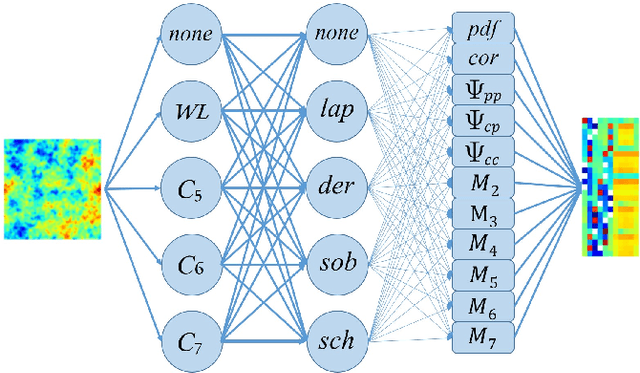
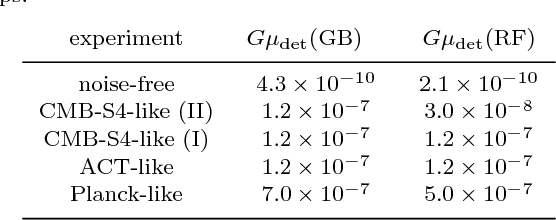
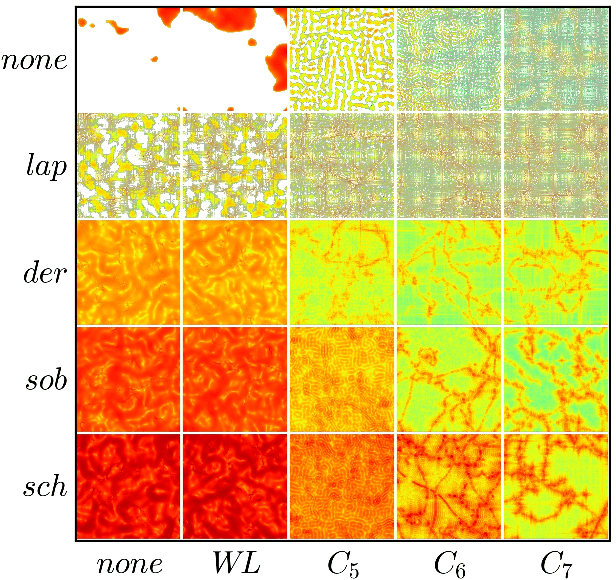
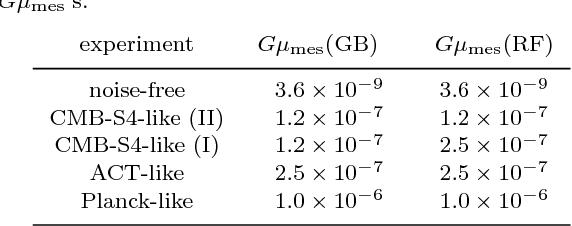
Abstract:We explore the use of random forest and gradient boosting, two powerful tree-based machine learning algorithms, for the detection of cosmic strings in maps of the cosmic microwave background (CMB), through their unique Gott-Kaiser-Stebbins effect on the temperature anisotropies.The information in the maps is compressed into feature vectors before being passed to the learning units. The feature vectors contain various statistical measures of processed CMB maps that boost the cosmic string detectability. Our proposed classifiers, after training, give results improved over or similar to the claimed detectability levels of the existing methods for string tension, $G\mu$. They can make $3\sigma$ detection of strings with $G\mu \gtrsim 2.1\times 10^{-10}$ for noise-free, $0.9'$-resolution CMB observations. The minimum detectable tension increases to $G\mu \gtrsim 3.0\times 10^{-8}$ for a more realistic, CMB S4-like (II) strategy, still a significant improvement over the previous results.
* 7 pages, 3 figures, 2 tables, Comments are welcome
 Add to Chrome
Add to Chrome Add to Firefox
Add to Firefox Add to Edge
Add to Edge